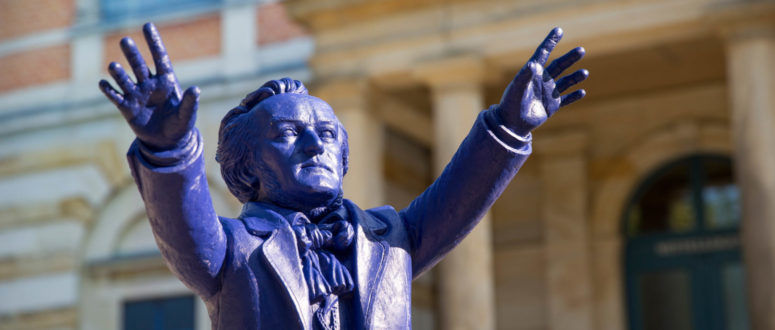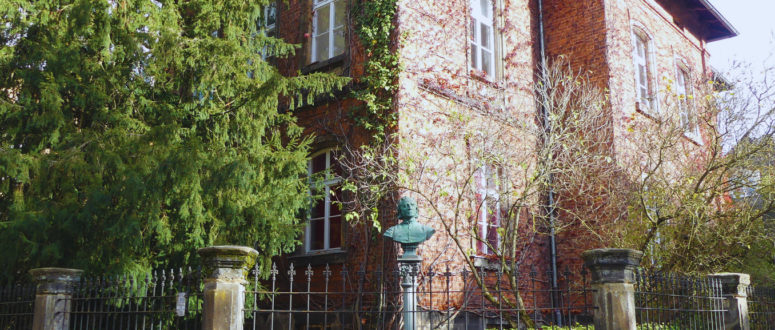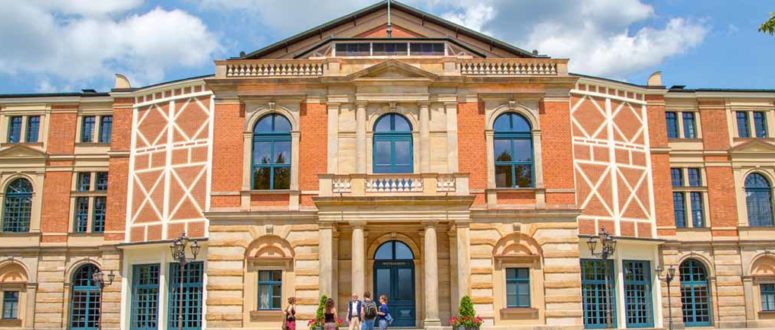Richard Wagner brought art and culture to Bayreuth with his festival. But who actually was the composer?
Table of contents
Richard Wagner throughout Europe
A difficult childhood
Richard Wagner was born in Leipzig on 22 May 1813 and thus came into the world at a very difficult time. The Battle of the Nations near Leipzig began in the autumn after his birth. Despite its victorious outcome, people suffered greatly from the consequences of the war of liberation. Hundreds of families struggled to survive in the face of food shortages and devastating diseases, amongst them the Wagner family with five-month-old Richard. Malnourished and frightened, he was often on the verge of death in his first year of his life.
In 1814, his mother decided to move to Dresden with her eight children to marry the actor Ludwig Geyer. It was through his stepfather that he gained his first experience of the theatre. In 1821, he saw Weber’s famous opera “Der Freischütz”, which prompted him to decide to become an opera composer. As a teenager he already wrote his first dramas and studied various composition techniques. The first milestone for his successful career as a composer had already been set.
The beginnings of a musical career
In 1831 Richard Wagner began studying music in Leipzig and took composition lessons. As a protégé of Christian Theodor Weinlig, he was given special encouragement and training. He composed his first opera “The Fairies” in 1833, but it was never to be performed during Wagner’s lifetime. Three years later, Wagner was offered a position as music director at the Magdeburg Theatre Company. He accepted the position and fell in love with the actress Minna Planer, whom he later married.
After many inspirational journeys, Wagner introduced some innovations together with the theatre company in Magdeburg. Facial expressions and gestures played a very important role, as he encouraged his singers to perform like actors. He also remodelled the conductor’s position, seeking eye contact rather than turning away from the orchestra. He often added his own individual touches and ignored the directions of other composers.
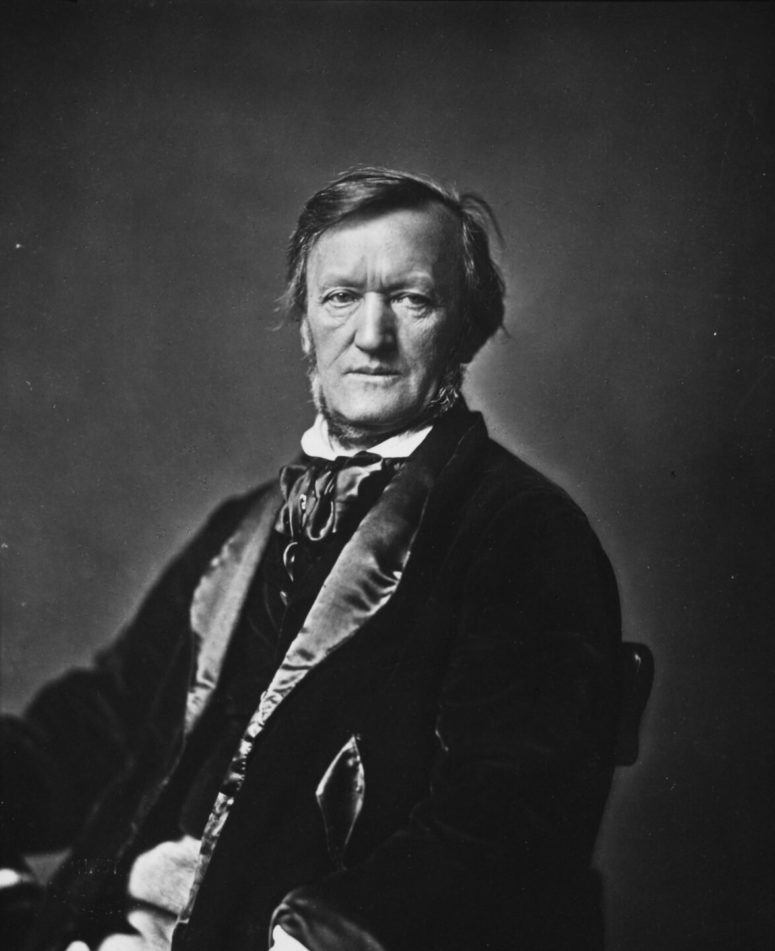
His flight out of the country
His works were not always well received. Richard Wagner had to cancel some performances and endure theatre bankruptcies. After his debts had spiralled out of control in 1839, he and his wife Minna decided to flee from his creditors. An adventurous journey began: from Riga via London until they both arrived in Paris, then a world centre for opera. The somewhat hazardous crossing from Riga to England inspired him to write his work “The Flying Dutchman”. Wagner’s plans to gain a foothold in the French cultural scene failed and he sank further into financial difficulties. In the end, he was even forced to pawn his wedding ring and some wedding gifts.
The rise of Richard Wagner
The path out of debt
In 1843 the long-awaited success arrived: his opera “The Flying Dutchman” was premiered in Dresden and was so successful that Wagner was then given the opportunity to work at the Dresden Court Opera. With his opera, Richard Wagner tried to revolutionise the musical standards of the time, but this was not accepted by the audience. The attempt failed. In the course of the May Revolution in Dresden, Wagner was sought as a wanted man because of his political views and had to leave Germany again. After his flight to Switzerland, however, his works such as “Lohengrin” continued to be performed and were highly praised and loved both nationally and internationally.
Richard Wagner comes to Bayreuth
After Wagner repeatedly had to make allowances for other productions, he set his sights on building his own theatre. He wanted to be able to perform his works entirely according to his own ideas. After his wife Minna died, he married his mistress, the daughter of Franz Liszt. Cosima von Bülow divorced her then husband Hans von Bülow to be with Richard Wagner. He had three children with his second wife. Together they kept looking for a suitable city for his festival and finally their attention was drawn to Bayreuth by the Margravial Opera House, which was lying empty at the time. .
The Festspielhaus on the “Grüner Hügel”
The beginnings of the Richard Wagner Festival
Richard Wagner’s long-awaited dream finally came true in 1872: the foundation stone for his own festival theatre was laid. Not only did he break with past traditions with his compositions, he also defied the norms of the time with the construction of his theatre. He placed the orchestra out of sight in a deep pit, thus creating unique acoustics.
Four years after construction began, the first Bayreuth Festival could be held in the city. In August 1876, Europe’s elite paraded down the red carpet. Tchaikovsky, Nietzsche and even Kaiser Wilhelm I were in the audience.
After the first festival, the audiences received his music and the “Ring of the Nibelung” enthusiastically. Richard Wagner was celebrated worldwide as a pioneer of opera because of his new approach to staging the music. Wagner did not rest on his laurels, however, and composed his last work, “Parsifal“. With his farewell work, he financially secured the continued existence of the Bayreuth Festival.
Wagner’s health suffered greatly as a result of all the work and frequent financial worries. He often reported heart complaints. In 1883 he decided to travel to Italy to get back on his feet. Unfortunately, this decision came too late. In February of that year, he died in Cosima’s arms in Venice.
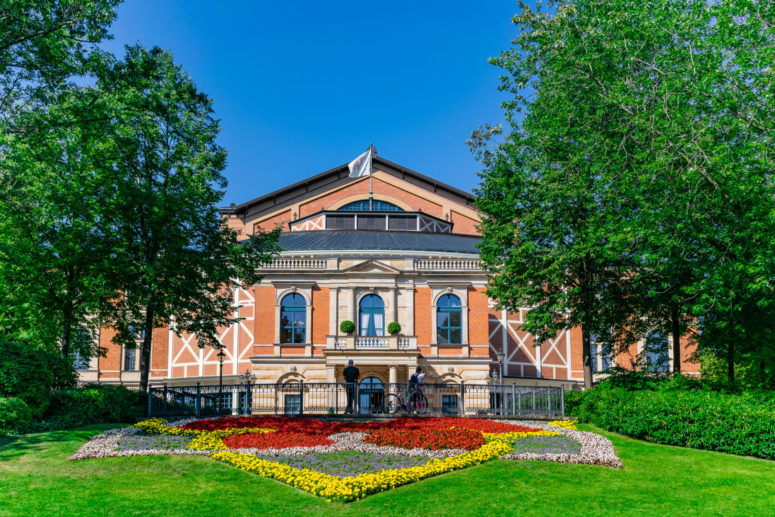
Richard Wagner today
Even today, traces of the world-famous composer can still be found in the cultural city of Bayreuth. Every summer, the city is transformed into a Mecca for Wagnerians, who listen to Wagner’s compositions in the original “Festspielhaus” from 1872. The Festival Theatre can be visited on a guided tour outside the festival season.
For an even better insight into Wagner’s life, we recommend a visit to his old home, House Wahnfried, followed by a visit to the Richard Wagner Museum. For those who prefer a more active programme, we recommend the Walk of Wagner. The path stretches through Bayreuth and winds its way along all the important places where Richard Wagner’s work and life unfolded.
As a special highlight, we also offer a themed tour around the person and works of Wagner.


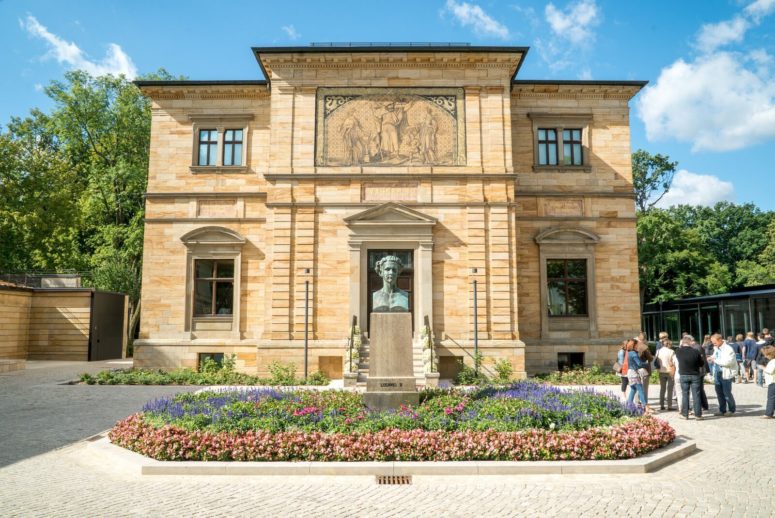
Source: Richard Wagner Verband Wien


